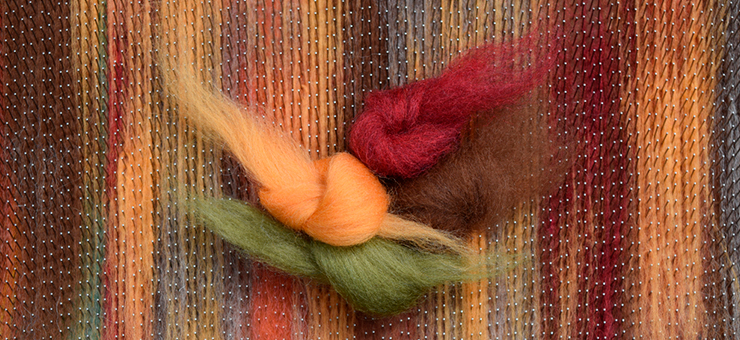With its distinct quality and high price, alpaca wool is a material that requires time and effort in its production process. Alpaca fiber processing is a stringent process that needs to be completed on a timely basis to ensure that the alpacas have enough time in the year to grow out their wool for the winter. If not, how can baby alpaca throws or scarves be done?
There are two types of alpaca wool, including Huacayan and Suri. Each one of them has distinct fibers. Huacayan fibers are similar to sheep’s wool in that they are fluffier and softer to the touch. Suri fiber, on the other hand, has a silkier and smoother texture, and it is not fluffy at all.
So, how is Alpaca wool produced? It is made using the following processes in their respective stepwise order:
Alpacas are shorn once a year or once in two years in the springtime. This allows them to grow their fleece back before the winter. It is also considered to be an ethical practice for the animals. They are clipped by hand by the farmer or herder to ensure that no harm is brought to the animal using automated shearing processes.
Alpacas are usually shorn using handheld razors or scissors (depending on the skills of the person shearing them and the comfort of the animals themselves). Once the alpaca’s hair has reached a certain length, they are ready to be clipped; however, the length of the hair is up to the discretion of the farmer or herder.
Shearing alpacas usually takes 2 to 3 people as the alpaca can become aggressive or agitated by the shearing process. That’s why sometimes more people are required to hold the alpaca down while someone shears the wool off.
Once the shearing process is complete, and the wool has been obtained, it is cleaned by hand. The cleaning process involves picking out any major contaminants that might have made their way into the alpaca wool.
The cleaning process of the alpaca wool allows for greater control over the spinning process, where larger impurities would waste the time of the spinners. Nonetheless, this cleaning is not an obligatory process, and many skip it as a time-saving method and because the wool is always washed after being spun.

After cleaning, the alpaca wool is sorted into batches to make it more convenient to handle. With the sorting process, the carding process also takes place. Carding involves combing the alpaca fibers in a single direction to ensure that there is uniformity among them. Carding makes it easier for the wool to be spun into yarn, so it is an essential step that cannot be skipped.
After it has been carded, the wool makes its way to the spinning wheel, where it is expertly spun into yarn. Indigenous methods are still standard in South America, especially Peru and they are still used to spin wool into yarn. The spinning wheels and tops that are used to create yarn often only make use of gravity; they may seem simple to use, but require years of practice and experience.
The methods used by Peruvians are passed down from generation to generation, so they are challenging to learn.
Once the yarn has been created, it is time to wash and dry it. This is a simple process, and it removes dirt and contaminants that may have contaminated the alpaca wool during its processing. Once washed, it is hung to air dry. This is done to ensure that the quality of the yarn is not compromised by unnaturally produced heat or too much uncontrolled sunlight.

Once it has been dried, the alpaca yarn is sent out to be sold as it is or to be made into alpaca wool garments at factories or in villages, where they are made by hand. The finishing process is the only one that varies completely, and the finished product is usually what differs from seller to seller and designer to designer. The finishing allows for the garment or item to be made and then sold, including alpaca throws.
The process seems quite detailed and strenuous, but this is why alpaca wool is of such a high quality and exclusive. Many people take the efforts put into a garment for granted because they fail to see the bigger picture. However, gaining this understanding and knowing where a garment comes from can increase one’s value for what they own and how privileged they are to own it.
In Silkeborg Uldspinderi we are here to help you. You will have at your disposal many high-quality products. If you want to buy any alpaca scarves, shawls, cushions, or throws, please don’t hesitate to contact us through our contact page.
